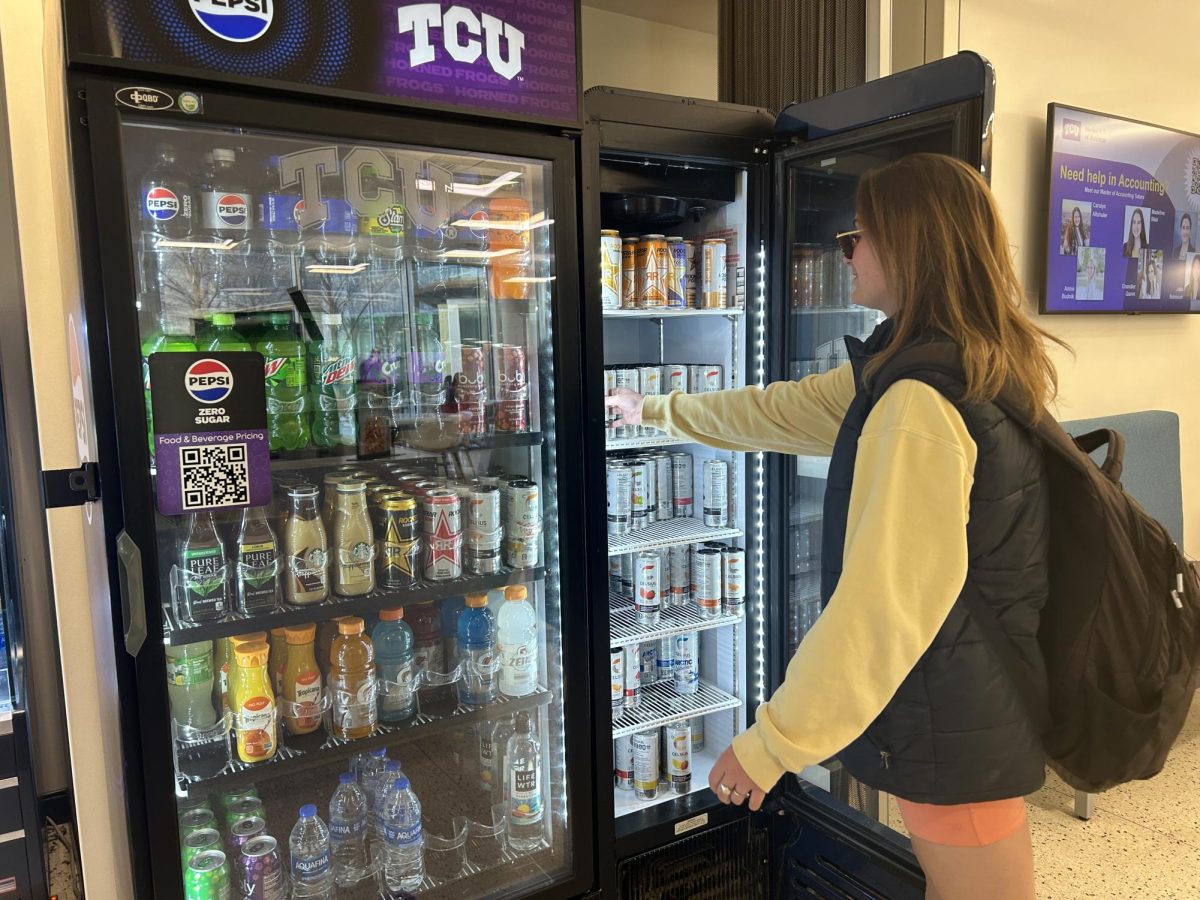A city program adopted in February would expand bike routes and lanes near the university but will not necessarily connect the campus to downtown Fort Worth, a city planner said.
Julia McCleeary, a City of Fort Worth senior planner with the project management division, said the program, titled Bike Fort Worth, does not have a method for determining where bike lanes and routes will be created.
The program developed after Fort Worth area cyclists made a request for more bike routes and lanes at a Fort Worth City Council meeting last year.
McCleeary said the first project in the Bike Fort Worth program would be to build bike shelters and racks downtown and to re-stripe streets to include a lane reserved for bus and bike use. Fort Worth received a $400,000 stimulus grant from the U.S. Department of Energy as part of the American Recovery and Reinvestment Act.
According to the Fort Worth City Council Web site, Bike Fort Worth is a long-term plan to make the city more friendly and safe for cyclists. There is currently no funding in the city budget for any specific projects. However, making bike lane and route construction a priority will allow the number of routes to increase as the city expands, according to the Web site.
“Roads that have the potential to receive funding for re-striping or reconstruction will have bike lanes added,” McCleeary said.
The city has not yet determined a timeline for bicycle-related road changes or improvements, McCleeary said. The additional bike and bus lanes will be added to roadways already cleared for renovation.
Wendy Farrens, Tri Frogs triathlon club president and a graduate student in the education administration department, said club members do not ride on roads because of safety concerns.
“We don’t want to be on the road with traffic,” Farrens said.
If the roads were safer and more convenient, she said, she would use her bike for transportation instead of just recreation.
“Having more space for not only bike riding but for people in the community to get out and be active would be very beneficial,” she said.
Jason Eagar, an employee in the TCU Leadership Center and a Tri Frogs staff adviser, said he thinks the City of Fort Worth could do a lot to benefit cyclists without making a drastic change to the current budget. He suggested education on road safety and a “share the road” campaign for both cyclists and automobile drivers through fliers, e-mails and local business support.
“It’s a small enough community in Fort Worth that information can pass quickly,” Eagar said. “The more cyclists that get out on the road, the more drivers will have to pay attention to them.”
According to the Fort Worth City Council Web site, the long-term goals for the program are to triple the number of bicycle commuters, decrease the number of bicycle-related crashes by 10 percent and have Fort Worth designated as a bicycle-friendly community by the League of American Bicyclists.
McCleeary said one of the first steps in the program would be for city planners to find evidence of the current quality of the cycling community in Fort Worth. She said that in 2007, an American Community Survey reported that 0.2 percent of Fort Worth residents could be considered bicycle commuters. That is about 1,373 people based on a 2007 population estimate of 686,850.
Identifying the number of bicycle-related accidents was more difficult to determine because there isn’t a notification system of when and where these accidents occur, McCleeary said.
The best way to improve safety is for more cyclists to use the roads downtown, McCleeary said, because cyclists and automobile drivers will notice each other and learn how to better share the road.




